
What the heck is
After an interesting experience in nearby Taean-gun, the pension owner were dropped off just across the bridge towards Anmyeon-do. At an unmarked bus stop. In the summer heat. Let me repeat myself from the last post just in case you’re tuning in: this area of Chungcheongnam-do, you’ll want a car. Buses exist, but like in other rural areas of Korea, they are named for the destination they eventually reach, not numbered. Waiting 40 minutes for a bus you’ll be on for 10 minutes – or trying to hail one of the very, very few taxis – was a test of patience for this traveler. If you’re starting from the Anmyeon-do bus terminal, however, you’ll find the Anmyeon-do Recreational Forest (안며도자연휴양림) pleasantly easy to reach – a 10 minute bus ride in a Gonam/Yeongmoak-bound bus.
The pine trees that comprise the majority of the forest once made up the entire island. Both the Goryeo and Joseon Dynasty governments saw fit to preserve the land, while using some of the timber for palaces and ships. Both the Japanese occupation and post-World-War-II government had their hand in cutting down trees, but the restoration effort has been well-underway for awhile. The forest has the usual Korean concessions, including a wide dirt path and plenty of modern touches, but the forest has the undergrowth to prove it’s age.
After getting off and paying 1,000 won admission, Kiwi and I took in the map briefly. There are two halves to this forest, which is bisected by the main road. Start by walking straight – only then will you see the pedestrian underpass to the other side.

They’re tall, they’re quite pleasant, and despite the heat there’s plenty of shade.

Inside the 산림전시관 (the Forest Exhibition Hall), with a fairly typical view of trees and tree products. I enjoyed this exhibit, which seemed to show where the species of trees grow. Funny how there are no trees growing in North Korea. Maybe in time, when the Koreas re-unify, they can add a sticker showing the northern side of things.

A delightful surprise! It turns out these forest cabins are surprisingly cheap – choose from several types of housing for about 10,000 won a person. Reservations are needed, obviously, so make them on the official website.

Um, wait, what? The ramp for wheelchairs and women in high heels leads to the stairs? It may look like a path to the right, but I dare not push my grandmother up that.
After crossing the pedestrian underpass, we headed for the larger side:

A total sucker for flowers – especially petunias.

A poem, engraved.

“The tree dreaming a star” – one of those modern touches I was telling you about.
There’s a lot more to see, especially in the flower garden side – unfortunately, time was not on our side. The place only stays open until 6pm, and the crowd was already filtering out by 5pm. The heat was also a factor for our trip – the shade only helps with the sunny side of things. If you only come to Anmyeon-do to see one thing, this might be the one of the best things to see.
Ratings (out of 5 taeguks): How do I rate destinations?
Ease to arrive:

Foreigner-friendly:

Convenience facilities:

Worth the visit:

Directions to Anmyeon-do Recreational Forest (안며도자연휴양림): Get a bus to Anmyeon-do – buses leave most often from the Nambu Bus Terminal if you’re in Seoul. Plenty of buses from across the country as well, of course. Once there, catch a bus bound for Gonam or Yeongmoak (about one an hour, takes 10 minutes, 1,100 won bus fare) and look to the left for the entrance. Open 9am-6pm March-October or 9am-5pm November-February; 1,000 won admission. Plenty of parking available, and the forest cabins are a nice way to go. See http://www.anmyonhuyang.go.kr for the official site if you can read Korean, or Visit Korea’s page if you’re better at English.
 © Chris Backe – 2011
© Chris Backe – 2011
This work is licensed under a Creative Commons Attribution-NonCommercial-ShareAlike 3.0 Unported License.
This post was originally published on my blog, Chris in South Korea. If you are reading this on another website and there is no linkback or credit given, you are reading an UNAUTHORIZED FEED.
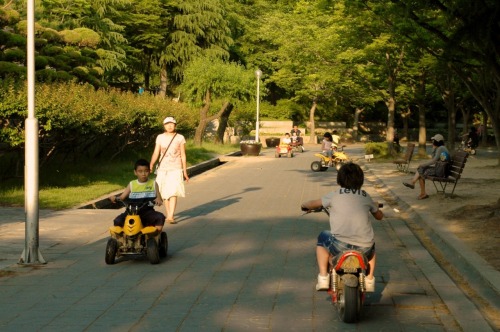
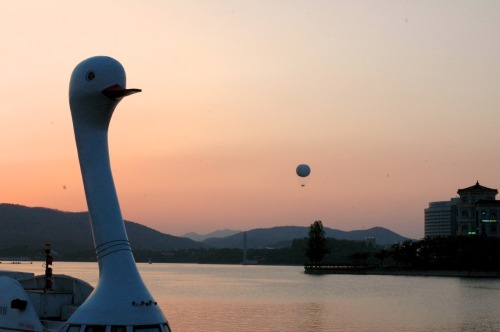
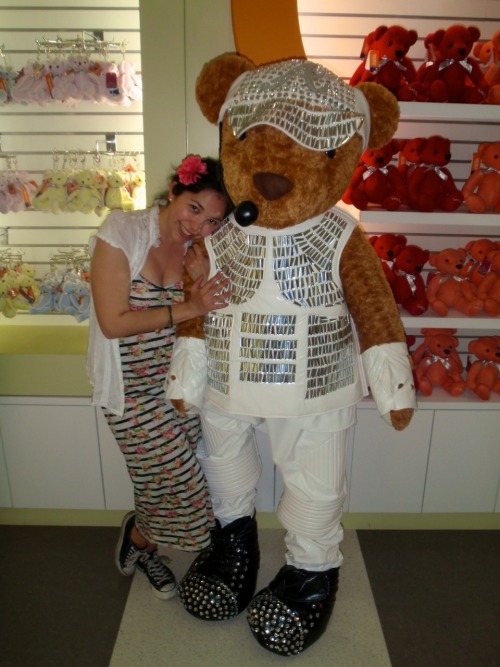
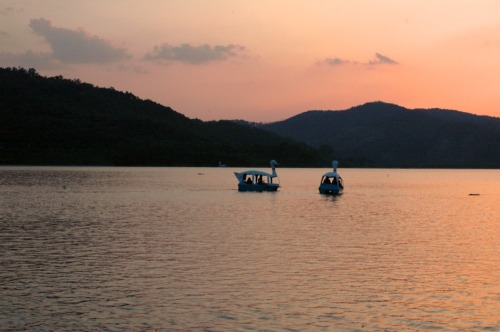
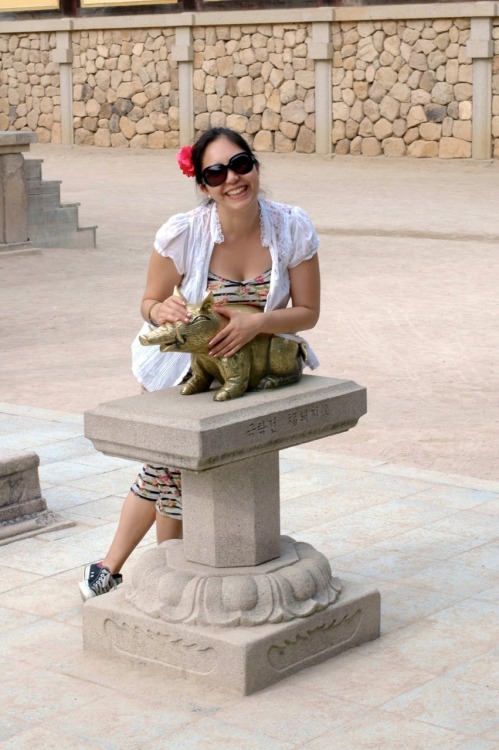
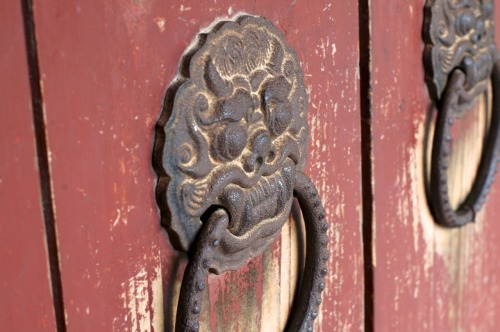
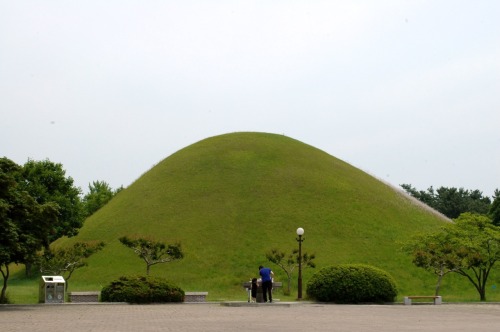
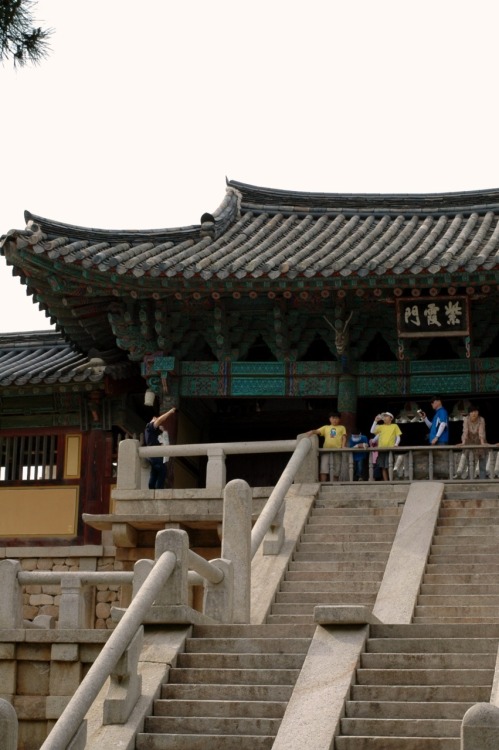
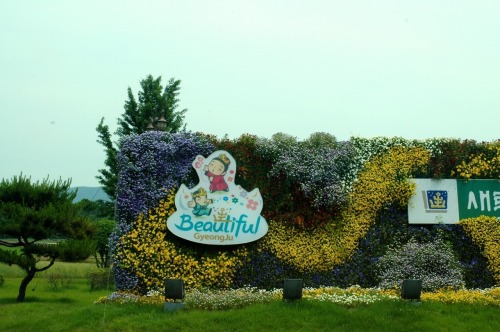
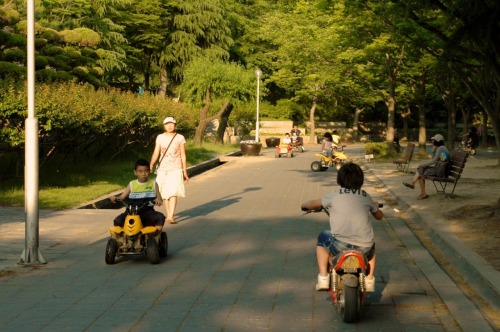



 Soju (소주, literally “burnt liquor”) isn’t what you think it is. The history of the drink we have today might surprise you. To start, it’s worth noting that the favorite poison of one of the world’s strongest drinking cultures originally comes from a country where alcohol is now illegal: Iran. Soju’s past is like a Park Chan-wook film – fraught with violence.
Soju (소주, literally “burnt liquor”) isn’t what you think it is. The history of the drink we have today might surprise you. To start, it’s worth noting that the favorite poison of one of the world’s strongest drinking cultures originally comes from a country where alcohol is now illegal: Iran. Soju’s past is like a Park Chan-wook film – fraught with violence.














 RSS Feed
RSS Feed
Recent comments